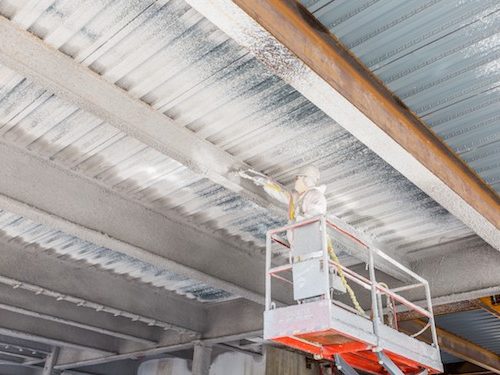When it comes to architectural design, the choice of materials plays a pivotal role in defining the aesthetics, functionality, and sustainability of a building. Exterior cladding, in particular, serves as the first line of defense against environmental elements while also contributing significantly to the overall visual appeal of a structure. This article delves into the various materials used for exterior cladding, examining their properties, advantages, and applications in contemporary architecture.
- Understanding Exterior Cladding
Exterior cladding refers to the material applied to the outer surface of a building, serving both protective and decorative functions. It acts as a barrier against weather conditions, enhances thermal insulation, and contributes to the building's energy efficiency. Moreover, cladding can significantly influence the architectural style, allowing for creative expression and innovation.
- Common Materials Used for Exterior Cladding
2.1. Wood Cladding
Wood has been a traditional choice for exterior cladding due to its natural beauty and versatility. Common types include cedar, redwood, and pine. Wood cladding can be treated with stains or paints to enhance durability and resistance to moisture. However, it requires regular maintenance to prevent rot and insect damage.
Advantages:
- Aesthetic appeal and warmth
- Good insulation properties
- Renewable resource when sourced sustainably
Applications:
- Residential homes
- Rustic and contemporary designs
2.2. Vinyl Cladding
Vinyl cladding has gained popularity due to its affordability and low maintenance requirements. Made from polyvinyl chloride (PVC), it is available in various colors and styles, mimicking the appearance of wood or other materials.
Advantages:
- Cost-effective
- Resistant to moisture and insects
- Easy to install and maintain
Applications:
- Budget-friendly residential projects
- Areas prone to moisture, such as coastal regions
2.3. Fiber Cement Cladding
Fiber cement is a composite material made from cement, sand, and cellulose fibers. It offers the aesthetic appeal of wood without the associated maintenance issues. Fiber cement is highly durable, fire-resistant, and impervious to pests.
Advantages:
- Long lifespan and durability
- Low maintenance
- Versatile design options
Applications:
- Modern and traditional architecture
- High-performance buildings
2.4. Metal Cladding
Metal cladding, including aluminum, steel, and copper, is favored for its sleek, modern appearance and durability. It is often used in commercial buildings and contemporary residential designs. Metal cladding can be finished in various ways, including anodizing, painting, or coating for added protection.
Advantages:
- Exceptional durability and resistance to weather
- Minimal maintenance
- Recyclable material
Applications:
- Commercial buildings
- Industrial structures
2.5. Brick and Stone Cladding
Brick and stone are timeless materials that provide a sense of permanence and stability. They are highly durable and require minimal maintenance. Natural stone, such as granite or limestone, offers unique textures and colors, while brick can be laid in various patterns for aesthetic appeal.
Advantages:
- Excellent thermal mass
- Fire-resistant
- Low maintenance
Applications:
- Traditional and historic buildings
- High-end residential projects
- Emerging Trends in Cladding Materials
As sustainability becomes a focal point in modern architecture, innovative materials are emerging in the cladding market. Recycled materials, such as reclaimed wood and recycled metal, are gaining traction. Additionally, bio-based materials, such as bamboo and hemp, are being explored for their environmental benefits.
- Factors to Consider When Choosing Cladding Materials
When selecting exterior cladding materials, several factors should be taken into account:
- Climate: The local climate can significantly influence the choice of materials. For instance, areas with high humidity may benefit from moisture-resistant options like fiber cement or vinyl.
- Aesthetic Preferences: The architectural style and desired visual impact should guide material selection.
- Budget: Cost considerations are crucial, as some materials may require higher initial investments but offer long-term savings through durability and low maintenance.
- Sustainability: Opting for eco-friendly materials can enhance a building's sustainability profile and appeal to environmentally conscious consumers.
Conclusion
The choice of exterior cladding materials is a critical decision in architectural design, impacting not only the building's appearance but also its performance and sustainability. By understanding the properties and applications of various materials, architects and builders can make informed choices that align with their design vision and functional requirements. As the industry continues to evolve, staying abreast of emerging trends and innovations will be essential for creating resilient and aesthetically pleasing structures that stand the test of time.

